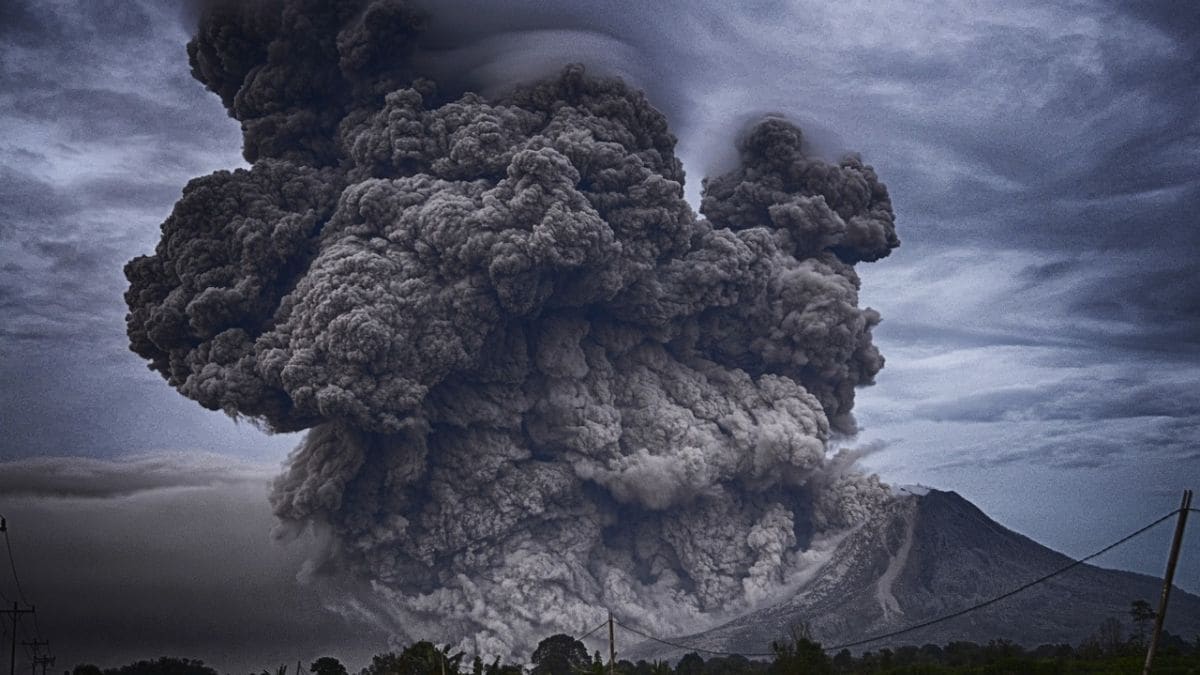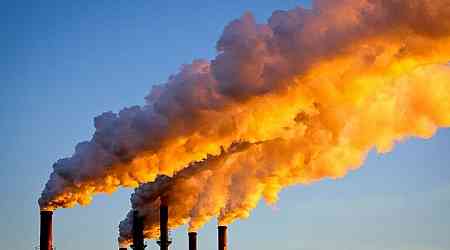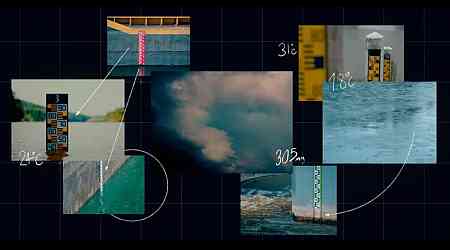A seismic wave detected shortly before the Hunga Tonga-Hunga Ha'apai eruption in January 2022 could help scientists predict future volcanic activity in remote ocean areas. A study published by the American Geophysical Union suggests that the seismic wave, detected 750 kilometres from the volcano, was likely triggered by a rupture in the oceanic crust. This break allowed seawater to interact with magma near the volcano's magma chamber, leading to the eruption. The research offers insight into early eruption indicators, which could be crucial for tsunami warning systems.
Precursor Signals Could Improve Tsunami Alerts
As per the study published, a Rayleigh wave was recorded at two distant seismic stations in Fiji and Futuna fifteen minutes before the January 15 eruption. It raised interest among researchers studying volcanic triggers. According to volcanologist Mie Ichihara from the University of Tokyo, the seismic activity likely indicated a significant fracture in the crust beneath the caldera. This allowed seawater and magma to mix, triggering a violent eruption. The event underlines the need for effective early-warning mechanisms for island nations vulnerable to volcanic eruptions and the tsunamis they can cause.
Analysing Seismic Activity for Predictive Insights
Takuro Horiuchi, the study's lead author and a graduate researcher in volcanology at the University of Tokyo, notes that seismic waves often accompany volcanic eruptions, but these signals are typically subtle and limited to the immediate vicinity of the volcano. However, this particular seismic wave travelled hundreds of kilometres, indicating a major geological event prior to the eruption. Horiuchi and Ichihara believe the fracture process may have triggered extensive movement within the crust, ultimately leading to the explosive eruption.
Learning from Rare Caldera-forming Eruptions
The Hunga Tonga-Hunga Ha'apai eruption was unusual due to its underwater location and immense energy release. Ichihara points out that understanding the mechanisms behind such events is challenging because there are few documented instances of caldera-forming eruptions, particularly in oceanic environments. The seismic wave preceding the eruption presents one possible sequence of events, although Ichihara cautions that different processes may be involved in other cases.
Future Application in Disaster Preparedness
Ichihara suggests that detecting seismic signals from volcanic eruptions could give local observatories valuable preparation time. If future eruptions produce similar seismic signals, tsunami-prone regions may have more time to respond, providing a significant advantage for disaster preparedness in vulnerable areas.
































